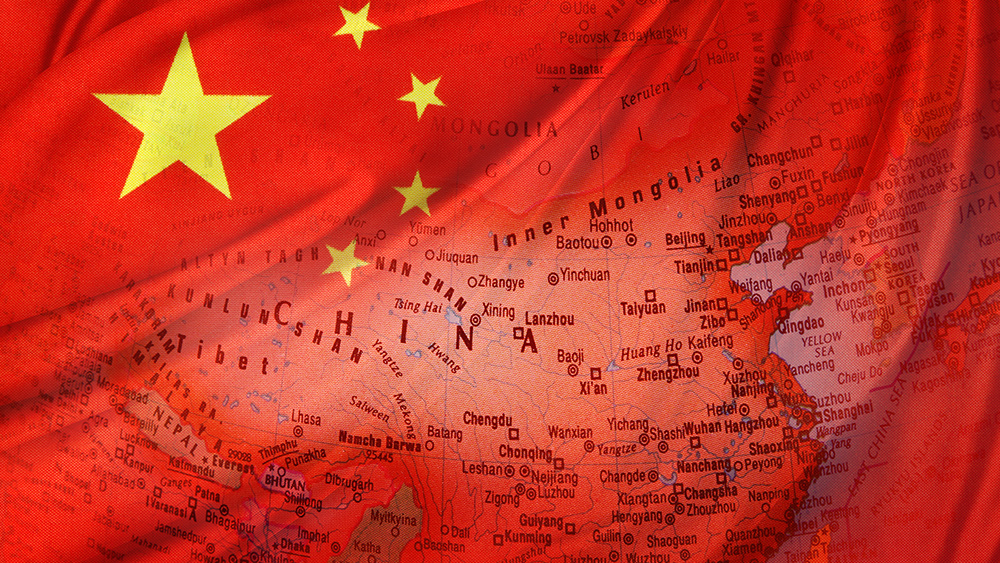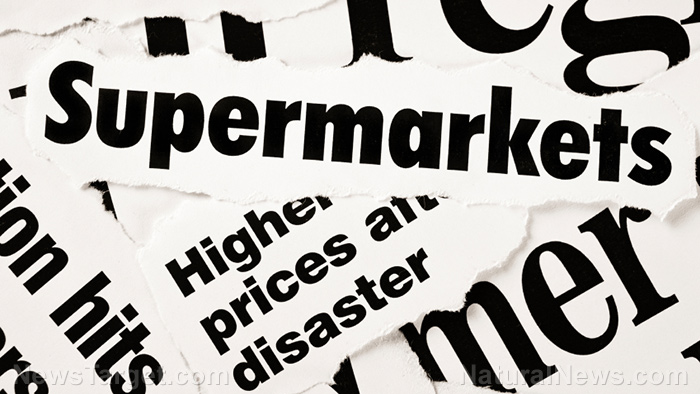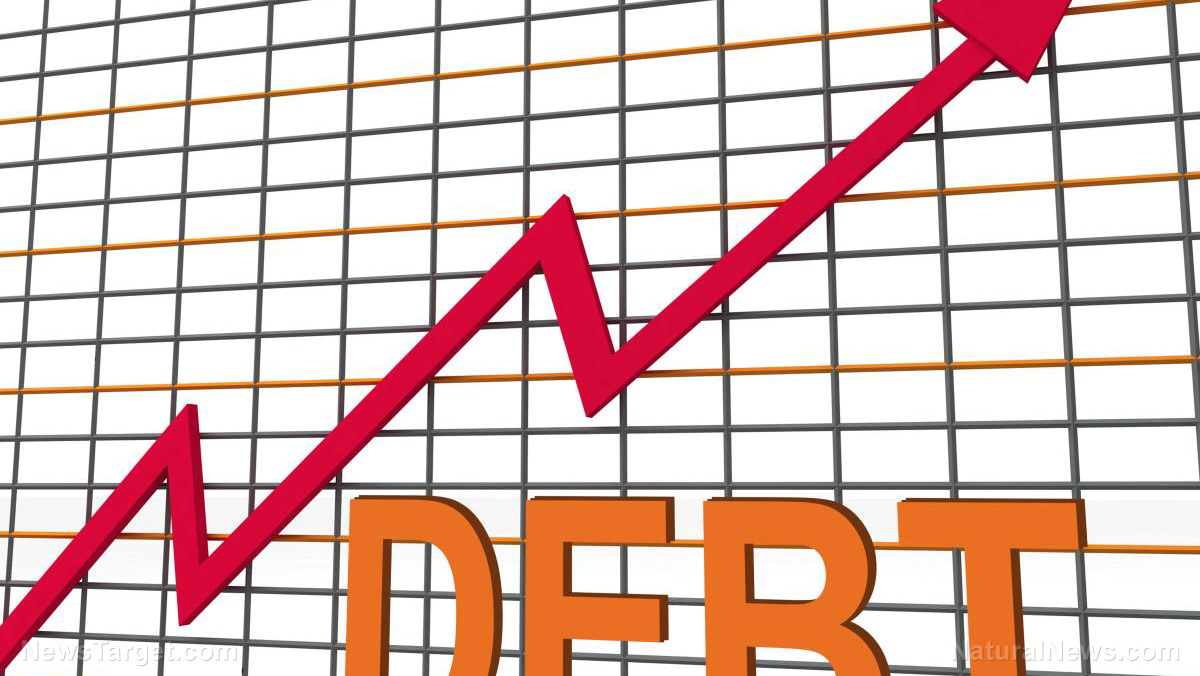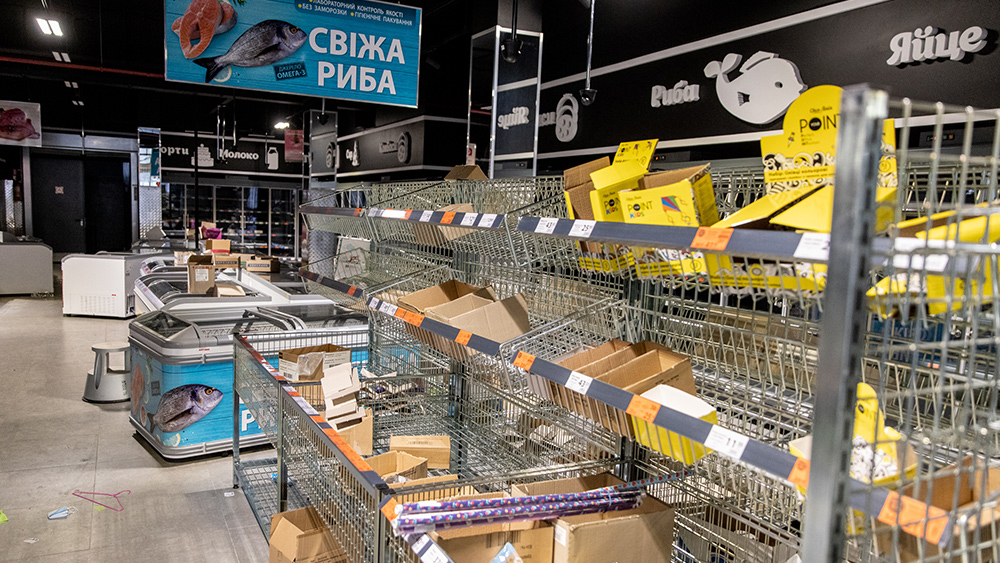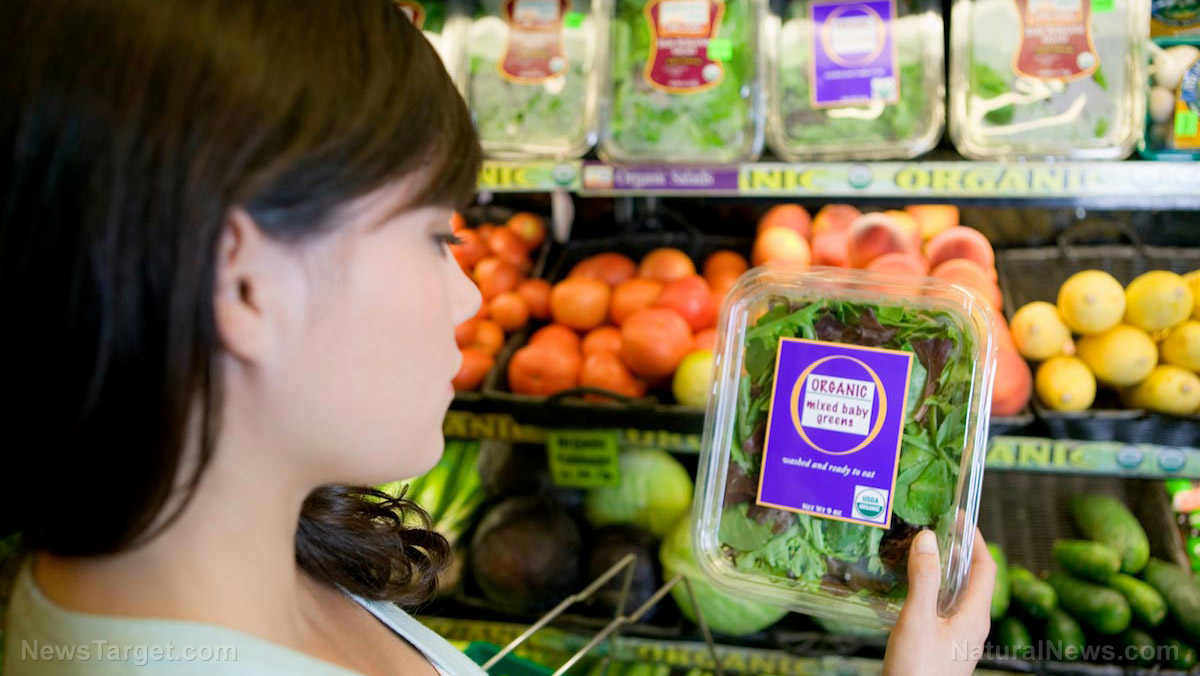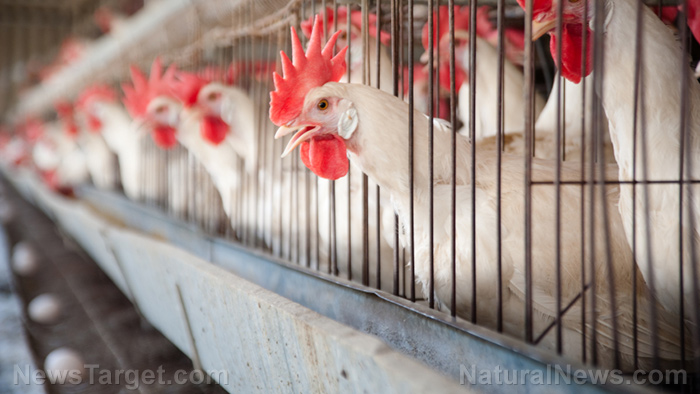Nearly 100 percent of the food coming from China is fraudulent or counterfeit, warns “food spies” expert
08/12/2017 / By Cassie B.
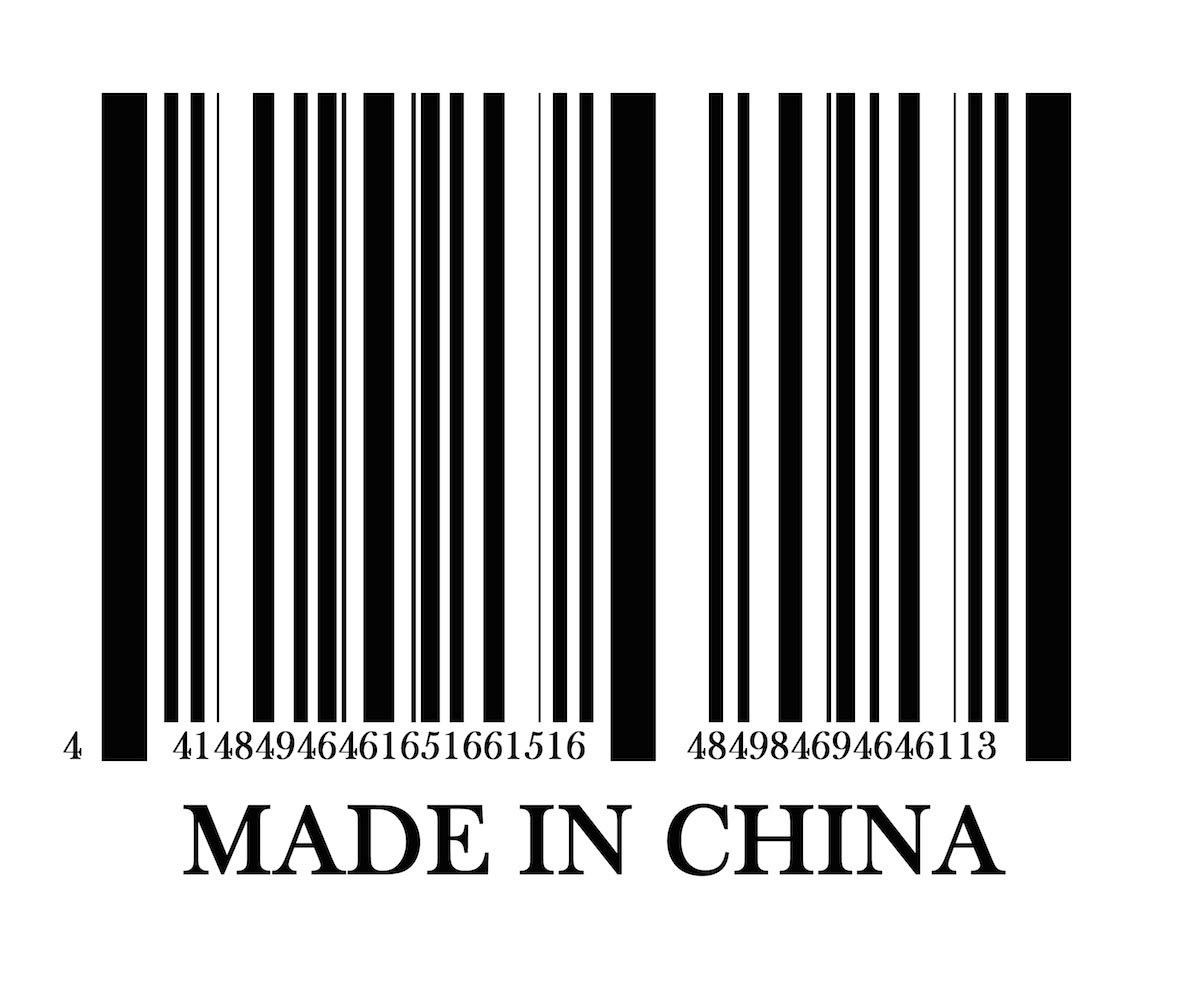
Many of us have heard horror stories about fake food incidents out of China, but the problem is far more widespread than the occasional sensational headline might imply. Just ask Mitchell Weinberg, the founder of global food spy network Inscatech.
Weinberg’s firm is hired by multinational food producers and retailers to uncover fraud and malpractice in the food industry. He says that China is a hotbed of food fraud.
“Statistically we’re uncovering fraud about 70 percent of the time, but in China it’s very close to 100 percent. It’s pervasive, it’s across food groups, and it’s anything you can possibly imagine,” Weinberg told Bloomberg.
Melamine-laced baby formula was one of the bigger scandals in China in recent years. In 2008, more than 6,000 babies in China were sickened after drinking contaminated milk formula, and an investigation found that one fifth of the country’s formula producers made powder that was tainted. Many of those babies suffered from acute kidney failure and developed kidney stones, and several of them died. To add insult to injury, it was later discovered that local officials were aware of the problem for at least a month before alerting central authorities. Melamine, which is banned in food, makes the formula appear to have a higher protein content when tested.
The melamine problem even made it to American shores; around 1,500 cats and dogs died in the U.S. after consuming a pet food ingredient that was tainted with melamine that had been manufactured in China.
Fake meat, sauces and spices putting countless lives at risk
There’s far more to it than that, however. In 2013 raids, authorities arrested more than 900 people and seized 20,000 tons of illegal meat products after meat from rats and foxes was found masquerading as lamb. In that incident, counterfeiters treated the meat from rodents and foxes with gelatin, food coloring and nitrate and then passed it off as mutton. In addition, a fake beef and lamb jerky that was made out of duck meat and sold in markets across the country was found to have E. coli levels that dramatically exceeded standards.
The meat drama didn’t end there; in 2015, 800 tons of smuggled frozen meat bound for supermarkets and restaurants were seized by Chinese authorities, and one of the batches in question dated back to the 1970s. Experts told China Daily that customers would not be able to tell the difference between the decades-old meat and fresher batches if it didn’t show any signs of thawing. These meat products were not inspected and could contain serious viruses. Moreover, smugglers often use regular trucks instead of refrigerated ones to cut costs, which means the meat was likely kept at unsafe temperatures.
Earlier this year, authorities busted around 50 underground factories in northern China that were creating counterfeit versions of popular products like spice mix and soy sauce and selling the products under popular brand names like Nestle and Knorr. These fake foods were produced with dirty tap water, recycled spices that they bought at a discount from other factories, and industrial salt that is considered unfit for human consumption. They often stored their materials out in the open next to dumpsters. Authorities discovered the operations after being tipped off by a whistleblower.
It is becoming increasingly clear that when you consume food from China, you are risking your health. CNN reported that during the first three quarters of 2016 alone, Chinese Food and Drug Administration officials had uncovered more than 500,000 incidents of illegal behavior. Some of the outrageous food fraud cases that have been reported out of China include cadmium-laced rice, fake eggs, plastic pellets passed off as rice, carcinogenic recycled cooking oil, and glow-in-the-dark pork.
Sources include:
Submit a correction >>
Tagged Under:
China, counterfeit, counterfeit food, E. coli, fake food, fake meat, food fraud, food safety
This article may contain statements that reflect the opinion of the author
RECENT NEWS & ARTICLES
COPYRIGHT © 2017 FOOD SUPPLY NEWS

